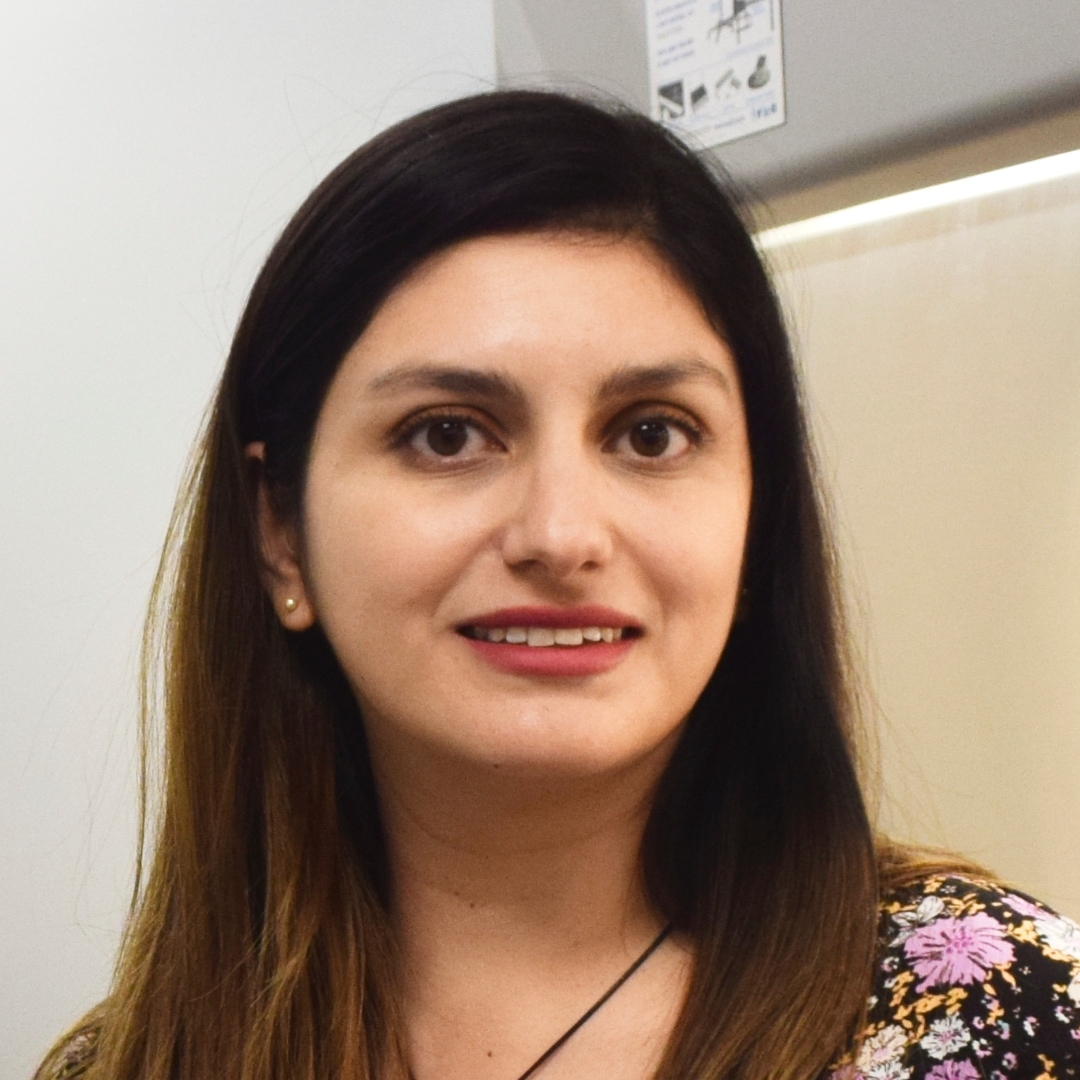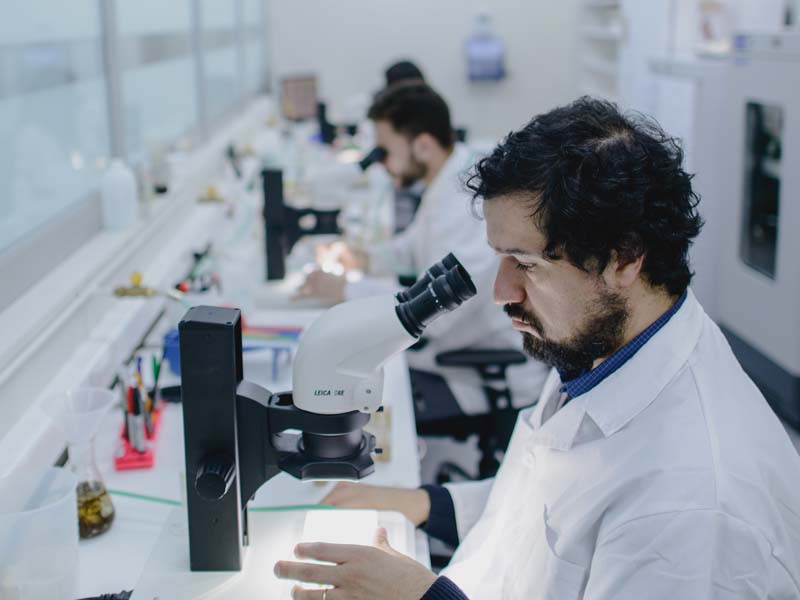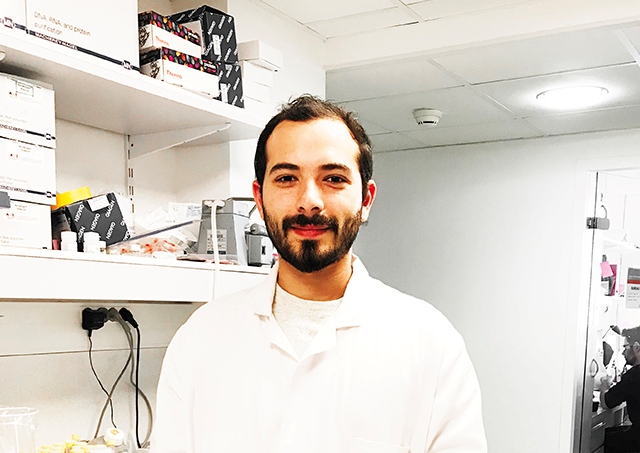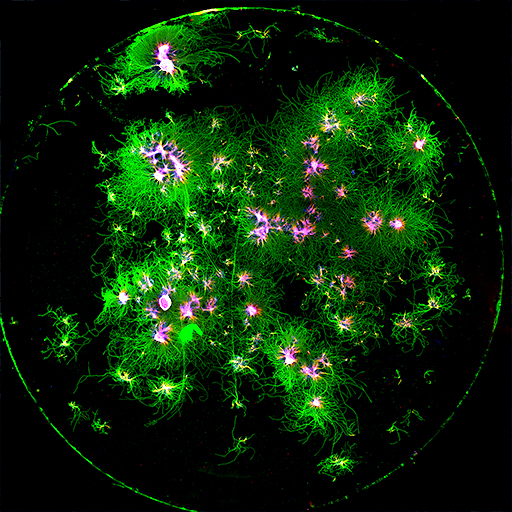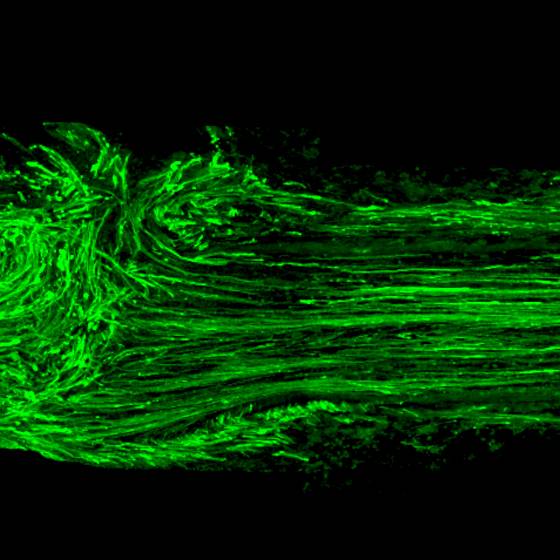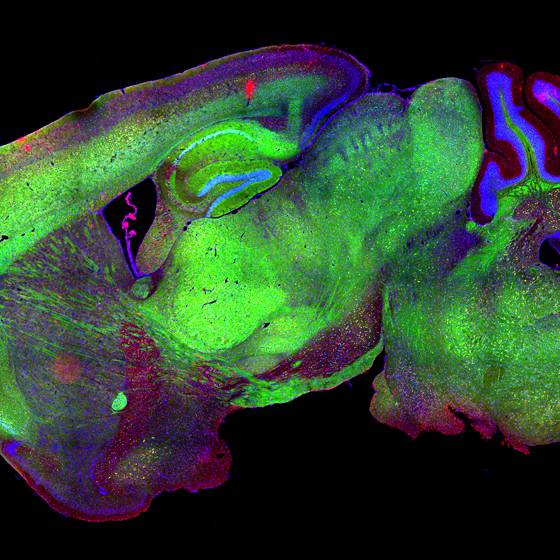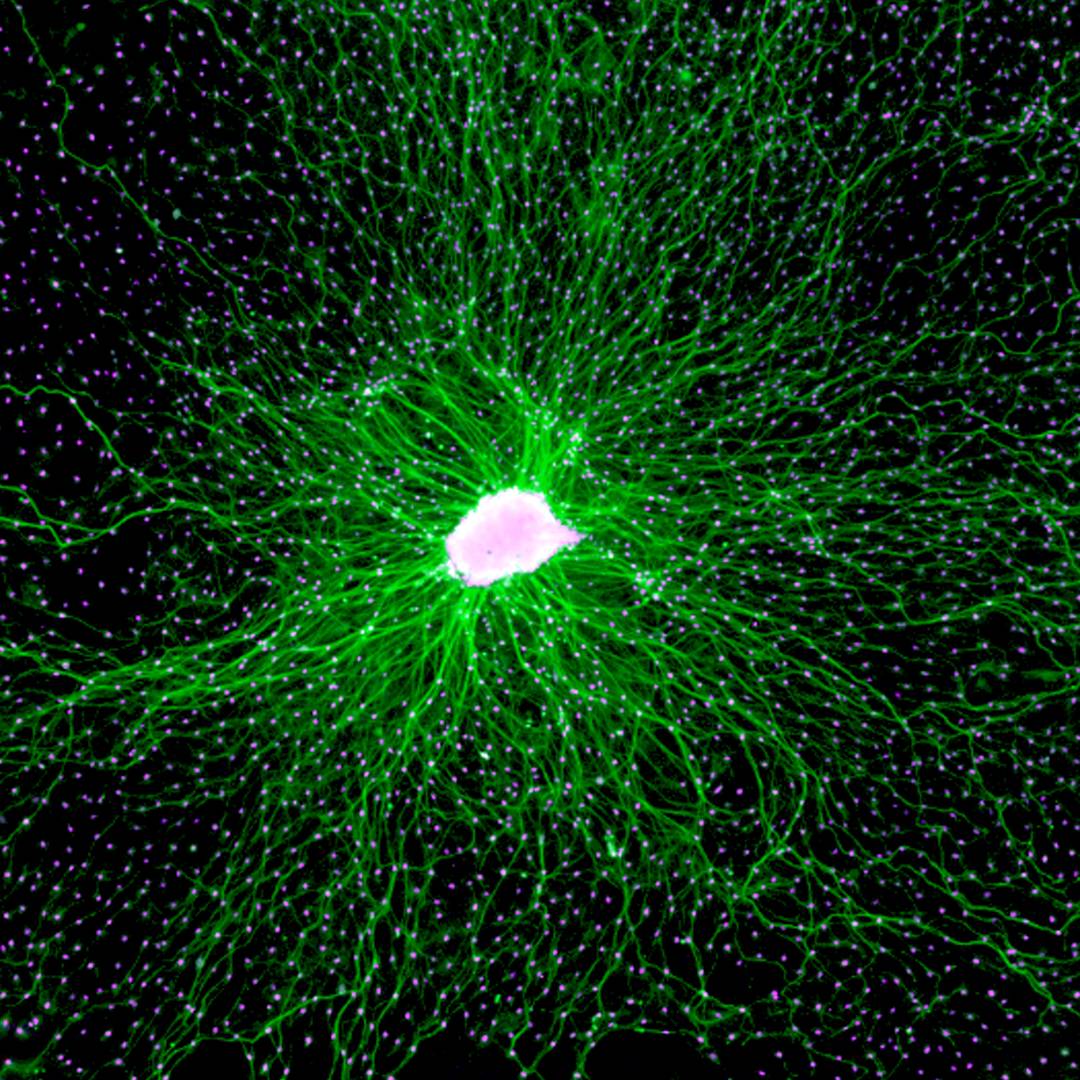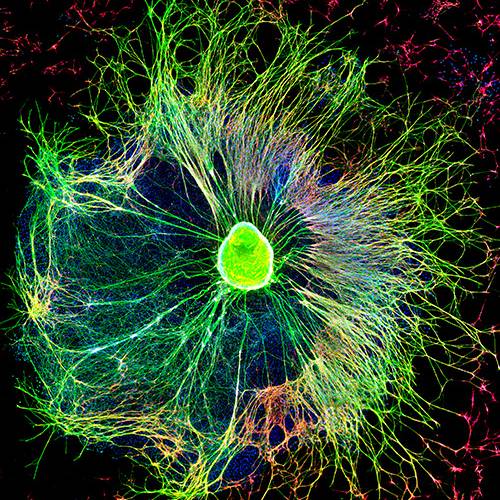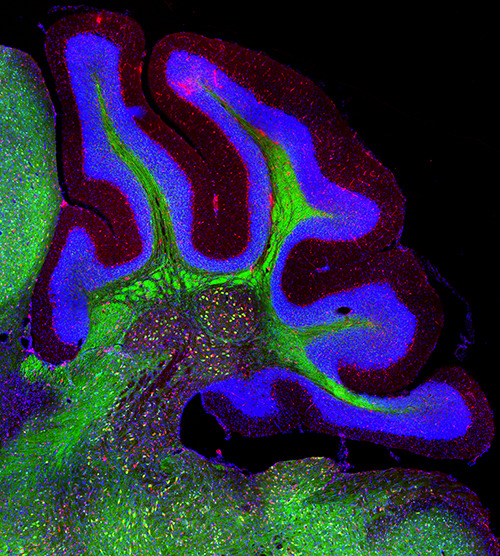The gut-brain axis along aging
The gut microbiota plays an important role in the physiology of the central nervous system and inflammation. Brain-gut communication enables bidirectional modulatory effects between the microbiota and the central nervous system, which might be involved in physiological and pathological events. Changes in the intestinal microbiota during aging show a decrease in the Firmicutes/Bacteroidetes ratio, presenting a higher proportion of Bacteroides, Clostridium, and Proteobacteria, and a decrease in Actinobacteria compared to young adults.
We are cultivating and analyzing thousands of bacterias from the Chilean population, in order to find new strains with positive effect over inflammation and aging.

Restoring the gut microbiome for healthy aging
Our research focuses on the search for bacterial consortia with effect over the aging process. Our aim is to restore the intestinal microbiota during aging, converting it into a healthier and more beneficial intestinal microbiota. For the generation of bacterial consortia, we have generated a bank of bacteria isolated from the intestinal microbiota of healthy Chileans with a wide diversity of bacteria strains. Hundreds of these isolated and taxonomically classified bacteria has been evaluated for their probiotic properties and we are currently generating consortia for in vitro and in vivo studies. In addition, we are studying the gut microbiota in aged people, trying to correlate changes in their composition associated to the risk to develop brain conditions.
People involved
Related Publications
septiembre 30, 2021
Basal lamina: Schwann cells wrap to the rhythm of space-time.
Court FA, Wrabetz L, Feltri ML.
Curr Opin Neurobiol. 2006 Oct;16(5):501-7. doi: 10.1016/j.conb.2006.08.005. Epub 2006 Sep 7.
PMID: 16956757
PUBLICATIONSDataNervous System FxPNS
septiembre 30, 2021
Neurofascins are required to establish axonal domains for saltatory conduction.
Sherman DL, Tait S, Melrose S, Johnson R, Zonta B, Court FA, Macklin WB, Meek S, Smith AJH, Cottrell DF, Brophy PJ.
Neuron. 2005 Dec 8;48(5):737-42. doi: 10.1016/j.neuron.2005.10.019.
PMID: 16337912
PUBLICATIONSReviewNervous System FxPNS
septiembre 30, 2021
Local regulation of the axonal phenotype, a case of merotrophism.
Court FA, Alvarez J.
Biol Res. 2005;38(4):365-74.
PMID: 16579519
PUBLICATIONSDataPNSCNSNeuroDegeneration
septiembre 30, 2021
Progressive abnormalities in skeletal muscle and neuromuscular junctions of transgenic mice expressing the Huntington’s disease mutation.
Ribchester RR, Thomson D, Wood NI, Hinks T, Gillingwater TH, Wishart TM, Court FA, Morton AJ.
Eur J Neurosci. 2004 Dec;20(11):3092-114. doi: 10.1111/j.1460-9568.2004.03783.x.
PMID: 15579164
Related News
U. Mayor se adjudica 8 proyectos Fondecyt Regulares por más de $ 1.600 millones
octubre 14, 2021
Las iniciativas científicas están dirigidas al estudio de enfermedades neurodegenerativas, el envejecimiento y el desarrollo de ecosistemas, entre otras áreas. Un nuevo e importante logro en…
Investigador del Centro de Biología Integrativa (CIB) realiza pasantía de investigación Instituto Curie, París, Francia
octubre 14, 2021
Asociado a un proyecto ECOS-CONICYT entre el laboratorio del Dr. Felipe Court (CIB, Universidad Mayor) y Christophe Lamaze (Instituto Curie), el investigador del CIB Cristian Saquel se encuentra…
